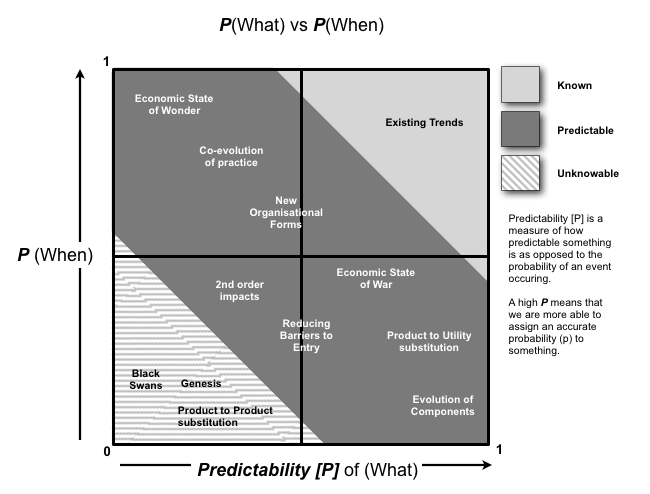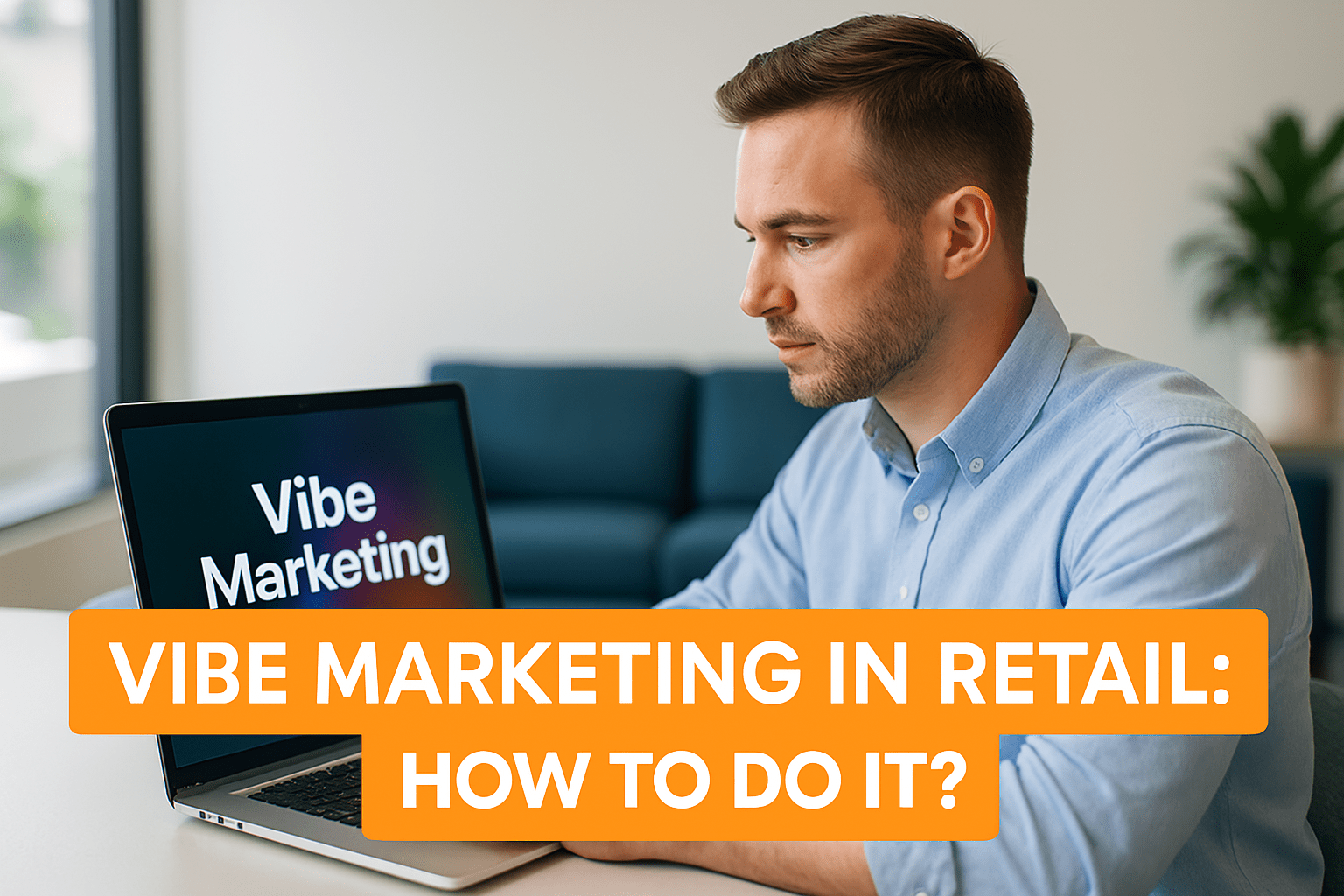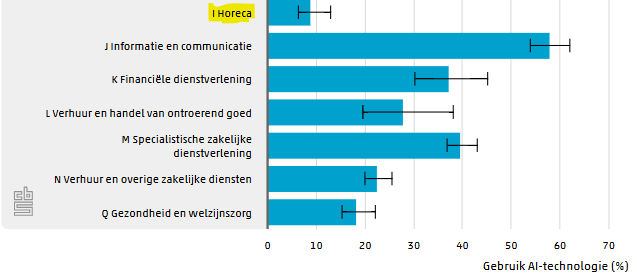A new concept is emerging: vibe marketing. Coined in tech, vibe marketing now describes a hands-on-yet-automated approach to managing customer engagement. In loyalty marketing, it means using intelligent tools to create highly personalized, data-driven programs—without getting lost in technical complexity. Rather than replace marketers, vibe marketing frees them to focus on strategy and creativity. For those looking to scale loyalty efforts with precision and agility, VEMT provides the structure and automation needed to bring the right “vibe” to every customer interaction.

Predictable disruption: Marketing Departments will change completely
Last week, just like Altimeter did, Accenture published their report about new technology trends for 2016. As always, it’s well worth a read for any marketer, even if it would be just to check if last years plans don’t require an update.
Predictable disruption
This year, I found a phrase that I really like: “predictable disruption”. Accenture uses it to describe the impact of large ecosystems that disrupt previously stable sectors, like what is happening with self driving cars right now. When you’re working in the automotive industry, it wouldn’t hurt to look ahead and reflect on what you want to do in 3-5 years from now. It will be something different and it’s hard to claim you didn’t see it coming.
Closer to home (for us), is Marketing. It’s not an earth shaking statement that just about everything in Marketing is changing and will change even more soon. More specifically, it will change within the Marketing Department. ‘Predictable disruption’ seems a nice phrase to catch that development with. Marketing Theory will not change too much, but the way marketers work will change drastically. As a marketer, you shouldn’t be surprised when your daily work will be completely different in a few years from now. But the disruption is quite predictable and you have enough time to take action. Educate yourself, build up new skill sets and choose the company you are working with with care. It’s not really difficult to find out what the changes will be, so you can anticipate as from today, if you haven’t done so already.
Which 4 changes have the biggest impact on working at the marketing department?
1. Everything will be about ROI.
Ads have already moved from ‘pure creation’ to a much more data driven business. The rest of marketing is following now, but not every marketing department has anticipated on that already. We advise you to take action and to make sure you gather data about your use of resources, the impact they have an how you attribute results to these resources. That’s not easy and many resources will come out as utterly inefficient, but you want to discover that yourself before somebody else does.
2. Marketing Automation is not about email anymore
Marketing Automation has grown massive in the last 12 months, and most marketers see it as something that ‘automates’ mail campaigns and responses around leads. But that’s only where it started: almost as a sales tool to fill up the CRM database. The next 12 months will be about automating other marketing operations elements and will connect marketing even more with sales. The rules become more complex and the data used to feed them is more widely available, so it can achieve more predictive and intelligent results outside the mailing area. Think about in store direct responses to customer behavior, further omni-channel integration and responses (including mobile, of course) and autonomous and real time decision making of your CRM engine around segmentations, profiles, persona and other activities that are usually executed by the smartest kid of the marketing department (marketing analyst), whose job will disappear fast in its current form.
3. Marketing Technology is not something for IT, or is it?
Because Marketing is rooted in data, and processing data is technology based, Marketing is already completely IT-driven. Gartner predicted that the CMO spend on IT will be bigger than the CTO spend on IT and in many of our clients, this moment has passed already last year. This creates a new dynamics for the collaboration between the Marketing Department and IT. In some companies, this seems to be a struggle and we advise any CMO to end this struggle fast, because there is no time for it. Both departments need each other badly, and that perspective can work refreshing for how they support the rest of the company with their results. Define the added value of both, create road maps, a 2-3 year vision and the architectures that come with that together and make sure your expertise is overlapping, rather than separating it into 2 departments.
4. Autonomous access to customers is the most strategic item for the coming years
Mobile, The Internet of Things (including trends like beacons, wearables and other sensors) will bring bigger changes in how you will connect with the end customer than all changes in ad technology has brought in the past 5 years. Where in advertising almost all power has concentrated with Google and Facebook, similar trends are starting to evolve now in the offline world. The party that owns the access to the customer will benefit from brands paying for that access. So far nothing new; it has always been like that. What is new is the scale of concentration in ecosystems around customer access and the amount of technology they use to make use of that scale. Wearables, beacons and mobile phone ecosystems are the things ‘closest’ to consumers that can be influenced by ecosystems that sell that access to brands and stores. If you don’t create your own (autonomous) program that allows you to communicate with your customers, you will pay premium prices when the concentration ends with a few winners into an oligopolistic market, just as with online advertising today. This means that your marketing department needs to focus on creating such a long term commitment towards building such a program, and building on getting the required knowledge and infrastructure in house.
By Jeroen Nas, February 2016






